Understanding the Advantages of Deep Cycle Boat Batteries for Your Marine Adventures
When it comes to enhancing your marine adventures, the choice of equipment can significantly impact your experience on the water. One of the most critical components for any boat is the power source, and this is where a deep cycle boat battery truly shines.
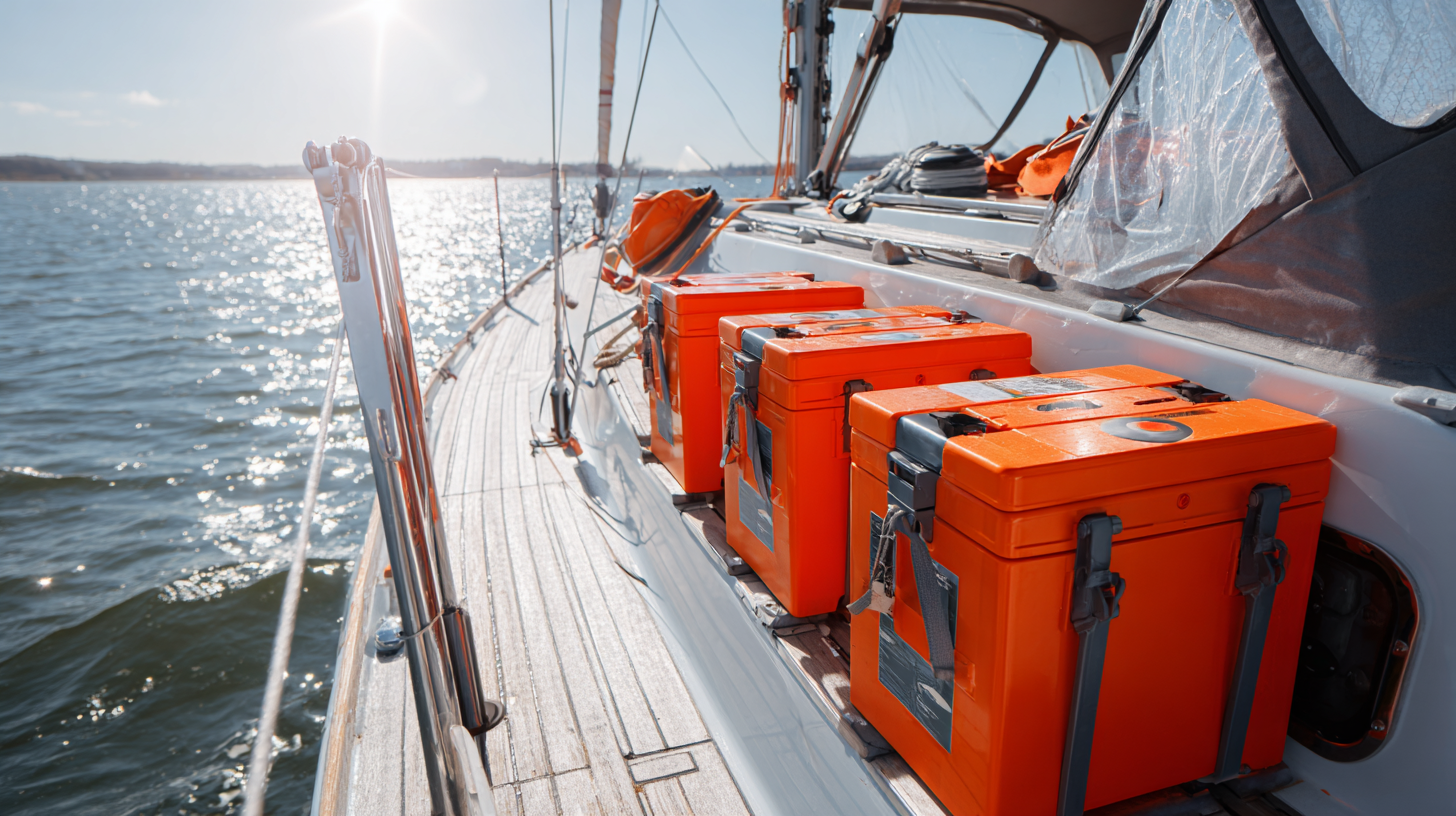
Unlike regular batteries, deep cycle boat batteries are designed to provide a steady amount of power over an extended period, making them the ideal choice for longer trips and demanding applications. They excel at powering various marine electronics, from lights to navigation systems, ensuring that your adventures aren't cut short by a lack of energy.
In this article, we'll delve into the numerous advantages of deep cycle boat batteries, highlighting why they are the best option for your marine excursions and how they can enhance your time on the water. Whether you're a seasoned sailor or a casual boater, understanding these benefits can help you make informed decisions for your boating needs.
Benefits of Deep Cycle Boat Batteries: Why They’re Essential for Marine Adventures
Deep cycle boat batteries are essential for anyone looking to enhance their marine adventures. Unlike standard batteries, deep cycle batteries are specifically designed to provide a steady amount of power over an extended period. This capability is crucial for running essential onboard systems such as navigation lights, fish-finders, and GPS devices. These batteries can be discharged and recharged multiple times without compromising their performance, making them ideal for extended trips where consistent power is a necessity.
Moreover, deep cycle batteries also offer remarkable durability and longevity. They are built to withstand the rigors of marine environments, facing humidity and vibrations that would quickly damage regular batteries. With their robust design, deep cycle batteries can sustain frequent cycling, ensuring you have reliable power throughout your voyage. Their ability to maintain a stable voltage means that your equipment will operate efficiently, allowing for a smoother and more enjoyable experience on the water. Overall, investing in deep cycle boat batteries is a wise choice for any boater who values reliability and performance during their marine escapades.
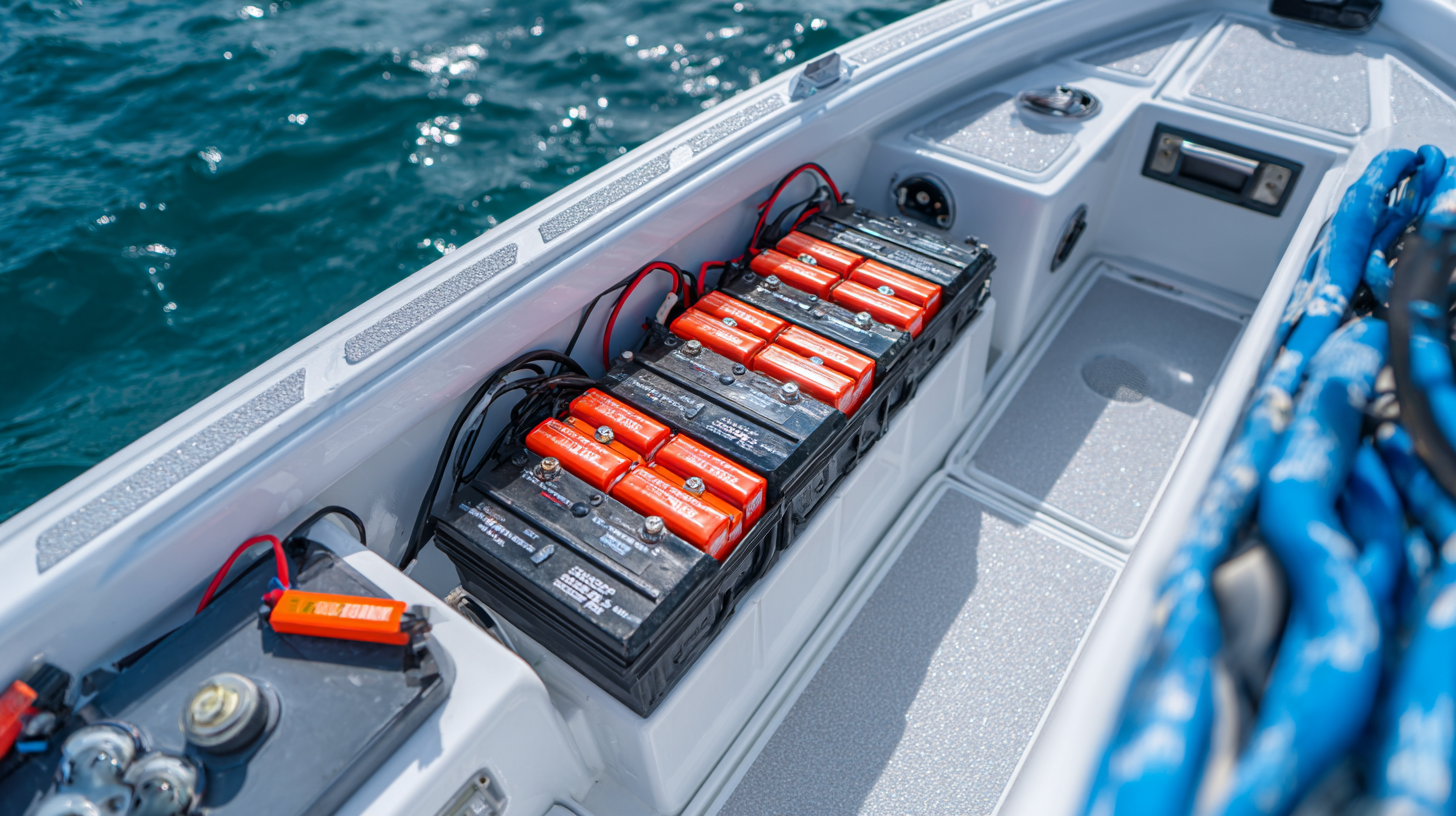
How Deep Cycle Batteries Enhance Your Boat's Power Management Efficiency
Deep cycle boat batteries are essential for maximizing power management efficiency in marine environments. Unlike traditional starter batteries, which provide a quick burst of energy, deep cycle batteries are designed to deliver a steady amount of power over an extended period. This capability is critical during prolonged trips where electrical equipment, such as navigation systems, radios, and lights, need to function continuously. By using deep cycle batteries, boat owners can ensure that their devices remain operational without the risk of draining the battery too quickly.

Moreover, deep cycle batteries enhance overall energy management by allowing for efficient recharging cycles. They can withstand numerous charge and discharge cycles without significant degradation, making them a reliable choice for boaters. Many modern deep cycle batteries are also designed to be more energy-dense, providing higher capacity in a smaller size, which is a significant advantage for space-constrained vessels. This efficient power storage and distribution ultimately leads to longer boating trips and a more enjoyable marine experience, as adventurers can rely on their power systems without interruptions.
Top 5 Features to Look for in a Deep Cycle Boat Battery
When choosing a deep cycle boat battery, understanding the top features can significantly enhance your marine adventures. Firstly, capacity is crucial; selecting a battery with an appropriate amp-hour (Ah) rating ensures that it can handle the power demands of on-board devices, including lights and electronics. Batteries with higher capacity ratings can power these accessories longer without depleting, which is essential for extended trips.
Secondly, consider the construction type. AGM (Absorbent Glass Mat) and gel batteries are popular choices among boaters due to their low maintenance and superior performance in marine environments. These types offer excellent resistance to vibration, which is common in boating, and they perform better in extreme temperatures compared to traditional lead-acid batteries. A reliable deep cycle battery can also support a depth of discharge of up to 80%, meaning you can utilize a significant portion of its energy without harming its lifespan.
Lastly, weigh the warranty and lifespan offered; many manufacturers provide long-term warranties that reflect the battery's quality and reliability. A battery that lasts longer not only reduces replacements costs but also ensures consistent power availability during your excursions. Moreover, expert reports indicate that investing in a high-quality battery can improve overall efficiency, leading to more memorable and uninterrupted adventures on the water.
Tips for Maintaining and Extending the Lifespan of Your Deep Cycle Battery
Maintaining a deep cycle boat battery is essential for ensuring optimal performance and longevity during your marine adventures. One key tip is to regularly check the electrolyte levels, especially in flood lead-acid batteries. Keeping the levels between the minimum and maximum markers will prevent damage and extend the life of the battery. Additionally, it's important to maintain clean terminals and connections. Corrosion can hinder electrical flow, so using a mixture of baking soda and water to clean the terminals periodically can be beneficial.
Another vital aspect of battery care is ensuring proper charging. Deep cycle batteries should be charged slowly and completely, ideally with a charger designed specifically for deep cycle applications. Avoiding overcharging is equally crucial, as excessive voltage can lead to overheating and reduce battery lifespan. Lastly, when storing your battery, especially during off-peak seasons, make sure to keep it in a cool, dry place and check its charge level every few months. By following these maintenance tips, you can significantly enhance the performance and lifespan of your deep cycle boat battery, allowing you to enjoy many more journeys on the water.
Understanding the Advantages of Deep Cycle Boat Batteries for Your Marine Adventures
| Feature | Description | Advantages | Maintenance Tips |
|---|---|---|---|
| Cycle Life | Number of recharge cycles a battery can undergo. | Long-lasting performance for extended trips. | Regularly top charge to maximize cycle life. |
| Capacity | Total power stored in amp-hours (Ah). | High capacity allows for longer use between charges. | Keep batteries fully charged when not in use. |
| Depth of Discharge | Percentage of capacity that can be used. | Higher discharge rates support more flexibility in usage. | Avoid deep discharges; recharge timely. |
| Weight | Physical weight impacting installation and handling. | Balanced weight improves boat agility. | Store securely to prevent movement and damage. |
| Maintenance | Regular checks for water levels, corrosion. | Reduced failure rates prolong battery life. | Clean terminals and refill fluids as needed. |
Choosing the Right Deep Cycle Battery: Types and Recommendations for Boat Owners
When selecting the right deep cycle battery for your boat, understanding the key types available is essential. There are three primary battery categories for marine use: starting, deep-cycle, and dual-purpose. Deep cycle batteries are specifically designed to provide sustained energy over lengthy periods, making them ideal for applications such as powering lights, electronics, and electric motors while out on the water.
It’s important to evaluate your specific needs when choosing a deep cycle battery. Factors like power requirements, battery size, and weight can affect your boat's performance. In 2025, advancements in battery technology are leading to improved options that cater to various boating activities. For boat owners looking for reliability and efficiency, it's advisable to consider the latest models that offer enhanced durability and energy retention. By focusing on these criteria, you can ensure the best performance for your marine adventures with a battery that meets your unique demands.
Comparison of Different Types of Deep Cycle Boat Batteries
This chart compares the average lifespan and depth of discharge (DoD) of various types of deep cycle batteries commonly used by boat owners. The data highlights the advantages of each battery type, aiding boat owners in choosing the right battery for their marine adventures.
Related Posts
-
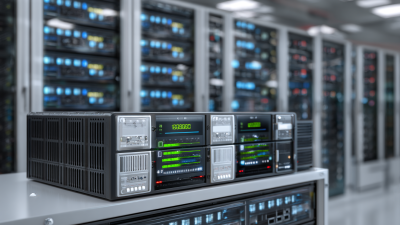
How an UPS Backup System Can Save Your Data During Power Outages: Essential Insights
-
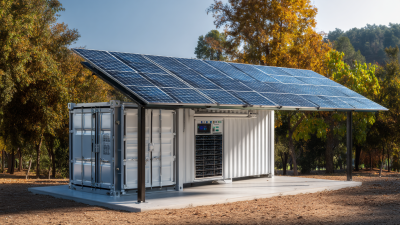
Revolutionizing Energy Storage: The Future of Battery Solutions for Sustainable Living
-
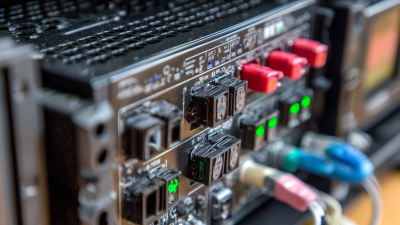
7 Essential Facts About the Best UPS Backup System for Your Business Needs
-
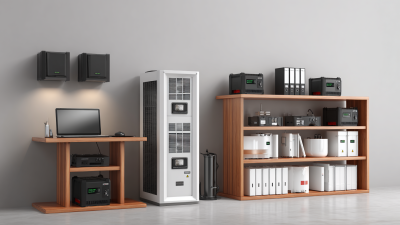
The Ultimate Guide to Choosing the Best UPS Backup System for Your Home Office
-
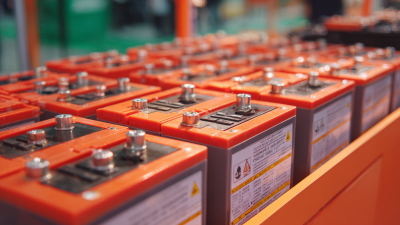
Deep Cycle Car Battery Trends and Insights from 2025 China Import and Export Fair
-
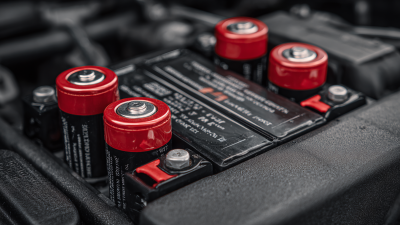
How to Extend the Lifespan of Your Car Batteries: Essential Tips and Tricks
